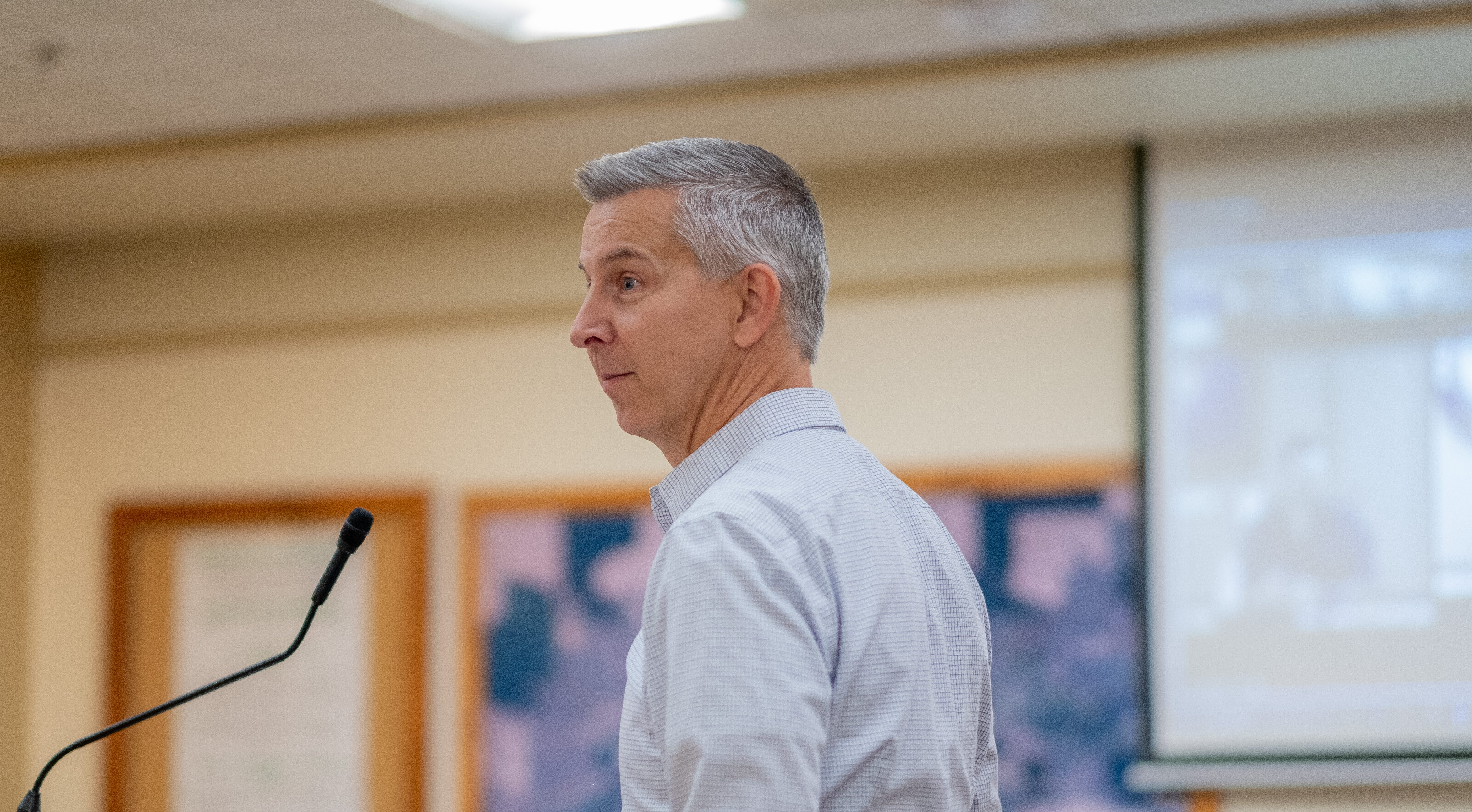Researchers study spent hemp biomass as animal feed
Published 12:00 pm Sunday, March 28, 2021
CORVALLIS, Ore. — Hemp is already touted for its healthful and therapeutic benefits in humans.
Researchers at Oregon State University are now studying whether the plant could also be part of a nutritious diet for livestock.
Trending
The project, which received a nearly $300,000 USDA grant in February, aims to determine whether “spent hemp biomass” can be fed to animals including lambs, chickens and dairy cows, and whether any residual cannabis compounds are present in the meat and milk.
Spent hemp biomass is the leafy byproduct left over after processing hemp for cannabidiol, or CBD, oil, which makes up the vast majority of Oregon hemp production.
The research team, led by Massimo Bionaz, has found this material is similar in both appearance and chemical composition to alfalfa hay, long considered the gold standard of animal forages, especially for dairy cows.
“Personally, when they told me about hemp, I didn’t even know what the plant looked like,” said Bionaz, an associate professor of dairy nutrigenomics at OSU. “The more we analyzed, we were really amazed by the nutritive value.”
Rich in protein, fiber and minerals, hemp biomass appears to have promise as a cheaper alternative animal feed. It could also provide hemp farmers with an added revenue stream, turning what was a waste product into a cash crop.
But therein lies the challenge, Bionaz said — hemp is not currently approved for animal feed by the U.S. Food and Drug Administration. He hopes their research will generate the data needed for the FDA to take that next step.
Trending
“The more I study the plant, the more I see data, I get more enthused about it,” Bionaz said.
The idea for the study traces back to 2019, when OSU first established the Global Hemp Innovation Center.
Jay Noller, the center director, approached Serkan Ates, an assistant professor specializing in sustainable pasture management, to discuss whether processed hemp byproducts could be fed to animals. Ates said he was intrigued, and partnered with Bionaz to examine the product’s nutritional content.
What they found was hemp biomass has roughly the same protein content as alfalfa, and roughly the same fiber content as barley. In some attributes, Ates said hemp was nutritionally superior to the traditional feeds.
“There was this great potential,” Ates said. “Many of the livestock farmers, they are interested in some sort of cheaper feed source.”
With those traits in mind, the team worked up several proposals and received more than 10 tons of donated biomass from two Oregon-based extractors.
Last year, Ates fed the material to lambs for two months. Their diets included a mix of 10% and 20% hemp, along with a control group.
One question, Ates said, was whether the animals would even eat hemp. Not only did they eat it, but he said the group that was fed 10% hemp ate more than any other group.
The lambs have since been slaughtered, and their meat will be lab tested for the presence of residual cannabinoids such as CBD or THC.
Those results, Ates said, will be key for future FDA authorization of hemp as animal feed.
A second trial, this time feeding hemp to cows at the OSU Dairy Farm in Corvallis, is set to begin in late April. Similar to the lamb study, the team will feed hemp biomass to cows for two months, and then test for residual cannabinoids in the animals’ milk and meat.
In announcing the USDA grant for the project, Oregon Sen. Ron Wyden said the research could potentially be a big win for farmers and ranchers across the country.
“This OSU research will help to continue building the case for federal approval of hemp biomass on cattle farms, making a natural connection between two signature Oregon products — livestock and hemp,” Wyden said.
Jenifer Cruickshank, who works with OSU Extension Service as the regional dairy faculty for the Willamette Valley, said she is also contacting ranchers and consumers to gauge public acceptance of consuming products from animals fed with hemp.
Cruickshank is working with Juliana Ranches, another extension specialist at OSU’s Eastern Oregon Agricultural Research Center in Burns, to survey producers. Their feedback will be included as part of the overall study.
When it comes to hemp, Ates said they are only at the beginning of what promises to be a vast area of continued research.
“It is a super exciting research area for all of us,” he said. “This is a byproduct that has a high potential, but it requires extensive research before it’s approved by the FDA and going into the food chain.”









